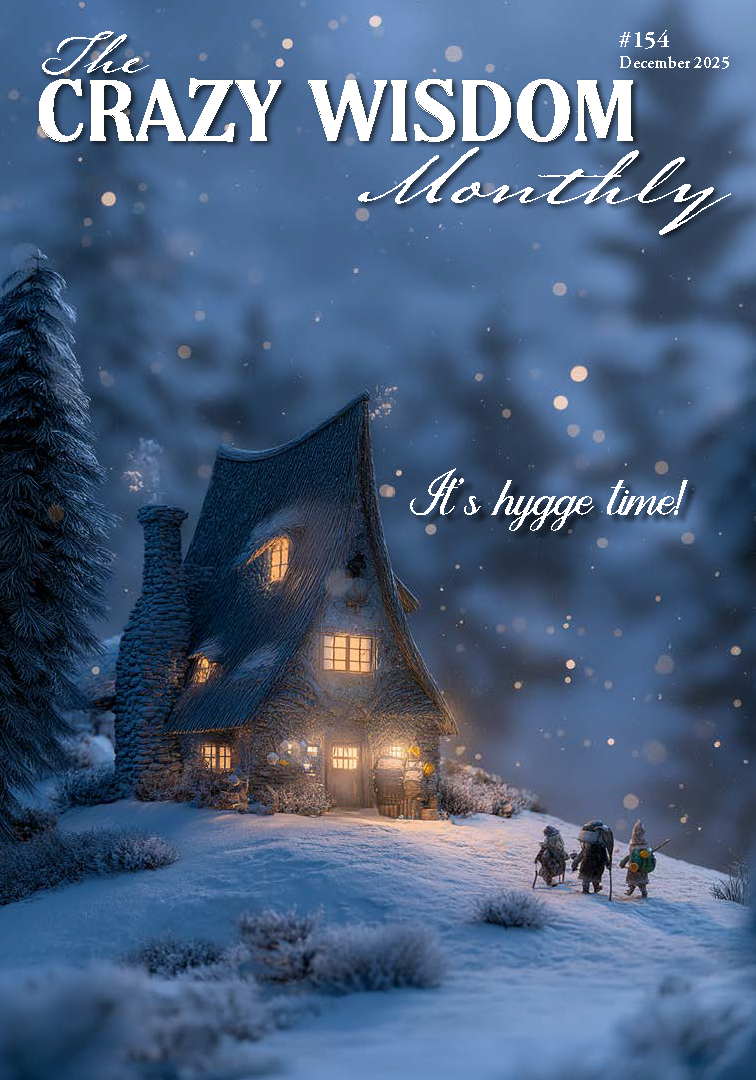The westbound traffic on Interstate 94 is at a crawl this morning and I couldn’t be happier. It’s a Wednesday and brilliant sunshine glints in my rearview mirror.
About halfway between home and my office at the university, a small marsh lays up next to the highway partly shadowed by the Platt Road overpass. Tucked in behind a red brick apartment building along the edge of a residential neighborhood, the marsh covers an acre, maybe two. On the edge furthest from the highway, there is an area of open water. The basin containing the marsh is deep enough that this pool never dries up, though for much of the summer, when the hydrophytes are at their tallest, passersby on the expressway get only an occasional glimpse of the water.
The interstate and the surface road flow day and night with traffic—cars, trucks, motorcycles, recreational vehicles of every description. However, the marsh’s proximity to all that human activity does not prevent it from being an active bit of the natural world.
Science has caught up to what we humans know intuitively: exposure to nature, even a little, and even if under less-than-ideal circumstances, when we cannot immerse ourselves, has tangible benefits for our physical and emotional health. Exposure to the out-of-doors has been shown to reduce stress, speed recovery from illness and injury, and to reduce the symptoms of attention deficit hyperactivity disorder in children. Living in a suburban area, and working on an urban campus, my mind and body sometimes longs, even aches, for the chance to be immersed in nature.
I pass this little marsh two or three times a week, and sometimes five, so I have the chance to observe it as it changes gradually throughout the year. In late August, as the new school year approaches, the marsh grasses, the cattails, and the sedges are dense and green. When the breeze stirs them, they sway together like so many waltzing couples. In a few weeks, as the shortening days of late summer fold into the even shorter days of autumn, the color will gradually drain away. The grasses, cattails, and sedges will grow at first tawny, then brown, then a sickly, almost colorless, cream. Rather than dance in the gentle breeze, their dried stalks will rattle and scrape in the sharper winds of winter. The view of the pool, which has been partially obscured for the past several months by the robust flora, will open again.
Read related article: The Slugs of Summer
Some mornings, small flocks of ducks, Canada geese, or a pair of swans float in the open water, using the small pool as a layover during migration. The water on which they bob ranges in color from light blue to near black as it reflects the changing conditions of the sky. This morning it is a light gray, the slanting morning sunlight having not yet reached the water’s surface. The passing fowl are there for a day or two and then they are gone.
On chill autumn mornings fog (caused when the cool air passes over the warmer water) rises from the pond. Later in the fall, around Thanksgiving most years, ice develops on the pool. Recent winters have been so mild the water is often open into January. When the surface does freeze solid, snow blows in wispy, curling fingers across the ice, accumulating along its edges, where the foliage acts like a natural snow fence.
One thing that does not change is the half-dozen or so dead hardwoods scattered in the marsh and around its edge. One is large and has plainly stood in its place for decades. A maple, I think, its trunk straight and thick. The tree has been dead long enough that its smaller branches have fallen away, and its bark is sluffing off. The presence of these snags makes me wonder about the origin of the marsh. The basin must be of relatively recent vintage given that the area was at one time dry enough for these hardwoods to reach full maturity before drowning. Is the marsh the result of the unintended impoundment of water that resulted from the construction of the interstate and the surface street? Is it a glacial pothole that has gradually expanded to encroach on the adjacent hardwoods? Or is it simply a low spot in the ground that has, over the years, filled with rainwater and snowmelt?
Whatever its origin, today it is a vibrant miniature ecosystem frequented by waterfowl, songbirds, and, sometimes, by raptors. In this morning’s light, the dead maple’s upper branches—bare, arching and spread wide—reflect the salmon tint of the sunrise. Many mornings a red-tailed hawk assumes a perch high in this snag, a perfect platform for surveying the roadside and the marsh for prey.
As the cold season melts into the earliest days of spring, the marsh gradually awakens. Color creeps back into the grasses’ stalks. The thawing brings insects, and the insects attract the avian residents and visitors. Soon I will see the season’s first red winged blackbird, a sure sign that spring is at hand. They alight on the sturdy plants along the marsh’s edge. Despite the highway’s noise, I often lower the passenger side window to catch their sweet “creee-e-e, creee-e-e.”
For the rest of my drive to the office this morning, I reflect on my life choices. More than three decades ago, I settled on living an urban life, one very different from my rural childhood in Northern Michigan when I lived close to the natural world. It’s a decision that I’ve struggled with at times ever since. Over the last several of those years, this little roadside marsh has provided a window—limited and momentary, though soothing—into a wild landscape. It has provided a reprieve from the relentlessly developed landscape of city and suburb. The calmness I feel passing it helps me prepare for the hectic day ahead, and to appreciate a good traffic jam.




































































































































































































This night, I climbed through the dark of my confusion to somewhere near the top quarter of the tree. I braced myself to sit on one branch, hooked my foot, and hugged the main trunk. It was solid but I could just make out a slight sway. I relinquished my human decision-making to a simple “just hold on”—something I’d later find out was a common moment (or phase) for most of humanity.